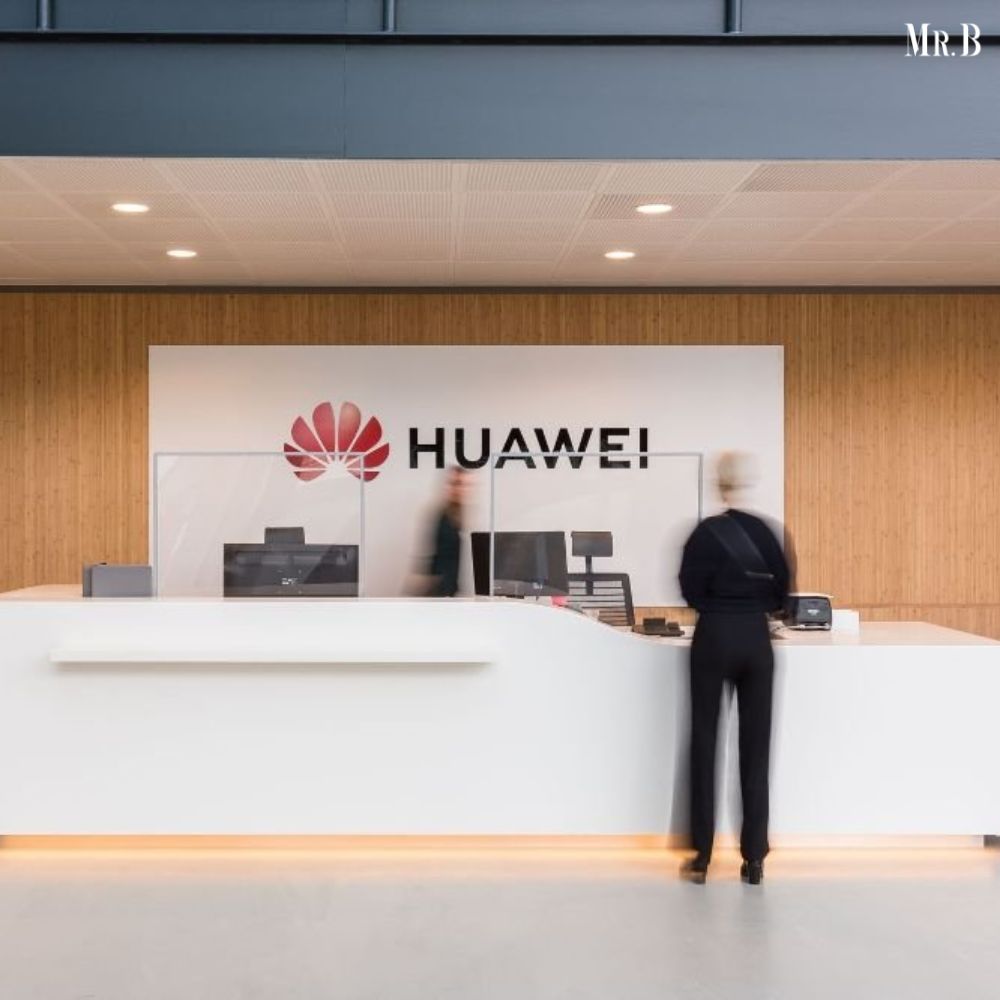Mastering the Art of Business Communication: A Comprehensive Guide
- Category: Business

In the fast-paced world of business, effective communication is the key to success. Whether you’re interacting with clients, colleagues, or stakeholders, mastering the art of business communication is crucial for fostering positive relationships and achieving organizational goals. This article will delve into the various aspects of business communication, exploring its importance, strategies for improvement, and common challenges.
The Essence of Business Communication:
Business communication encompasses the exchange of information within an organization and with external entities. It plays a pivotal role in conveying ideas, fostering collaboration, and ensuring a smooth flow of operations. Effective business communication is not just about transmitting messages; it’s about creating a shared understanding and driving positive outcomes.
Importance:
1. Facilitating Collaboration:
Business communication is the backbone of collaboration within teams. Clear and concise communication ensures that everyone is on the same page, leading to improved teamwork and productivity.
2. Building Professional Relationships:
Strong professional relationships are built on effective communication. Whether networking, negotiating, or managing conflicts, the ability to communicate efficiently is a cornerstone of successful relationships in the business world.
3. Enhancing Decision-Making:
Informed decision-making relies on accurate and timely information. Business communication ensures that decision-makers have the data they need to make sound judgments, contributing to the overall success of the organization.

Strategies for Effective Communication:
1. Clarity and Conciseness:
The cornerstone of effective communication is clarity. Avoid jargon and unnecessary details. Clearly convey your message to prevent misunderstandings.
2. Active Listening:
Communication is a two-way street. Actively listening to others shows respect and helps you understand their perspective, leading to more meaningful and constructive conversations.
3. Adaptability:
Different situations call for different communication styles. Being adaptable in your approach allows you to tailor your communication to the audience and context, ensuring your message is received positively.
Challenges:
1. Lack of Transparency:
When information is not shared openly, it can lead to a breakdown in trust. Transparent communication fosters a culture of openness and accountability within the organization.
2. Misinterpretation of Messages:
Ambiguous messages can lead to confusion and misinterpretation. It’s crucial to be clear and specific to avoid misunderstandings that can impact productivity and teamwork.

3. Overreliance on Technology:
While technology has revolutionized communication, overreliance on email and messaging platforms can hinder face-to-face interactions. Striking the right balance between digital and in-person communication is essential.
Factors to consider:
1. Audience Understanding:
Tailoring your message to the audience is fundamental in business communication. Consider the knowledge, interests, and preferences of your audience to ensure that your message resonates with them. Whether communicating with internal teams, clients, or stakeholders, understanding your audience enhances the relevance and impact of your communication.
2. Clarity and Conciseness:
Clear and concise communication is the bedrock of effective communication in business. Ambiguity and verbosity can lead to misunderstandings and confusion. Strive for simplicity in your messages, avoiding unnecessary jargon and technical language. A clear and concise message ensures that your intended meaning is easily understood by recipients.
3. Medium Selection:
The choice of communication medium plays a crucial role in conveying your message. Different situations may require different channels, whether it’s email, face-to-face meetings, video calls, or instant messaging. Consider the nature of the message, the urgency, and the preferences of the recipients when selecting the appropriate medium.
4. Feedback Mechanism:
A robust feedback mechanism is essential for effective communication. Encourage recipients to provide feedback, questions, or clarifications. This not only ensures that your message has been understood but also promotes a culture of open communication within the organization.
5. Cultural Sensitivity:
In a globalized business environment, cultural sensitivity is paramount. Different cultures have distinct communication norms and preferences. Be mindful of cultural differences in language, gestures, and communication styles to avoid misunderstandings and promote inclusivity.

6. Timing and Relevance:
The timing of your communication can significantly impact its reception. Consider the urgency of the message and the availability of your audience. Additionally, ensure that your message is relevant to the current context, aligning with ongoing projects, initiatives, or organizational goals.
7. Consistency in Messaging:
Consistency in messaging helps build trust and credibility. Ensure that your communication aligns with the overall messaging and values of the organization. Inconsistent messaging can lead to confusion and erode the trust of stakeholders.
8. Emotional Intelligence:
Acknowledging and understanding emotions in communication is vital. Emotional intelligence enables you to navigate delicate situations, handle conflicts, and build positive relationships. Consider the emotional impact of your words and actions to foster a supportive and collaborative work environment.
FAQs:
Q1: Why is communication in business important?
A1: It is vital for fostering collaboration, building professional relationships, and enhancing decision-making within organizations.
Q2: How can I improve my business communication skills?
A2: Focus on clarity and conciseness, practice active listening, and be adaptable in your communication style to continuously enhance your skills.
Q3: What are the consequences of poor communication in business?
A3: Poor communication can lead to misunderstandings, decreased productivity, damaged relationships, and hindered decision-making processes.
Q4: How can organizations promote transparent communication?
A4: Organizations can promote transparency by sharing information openly, encouraging feedback, and fostering a culture of trust and accountability.
Q5: Is face-to-face communication still important in the digital age?
A5: Yes, face-to-face communication remains crucial. While digital tools are valuable, in-person interactions help build stronger connections, reduce misunderstandings, and convey emotions effectively.
Conclusion:
In the dynamic landscape of business, effective communication is not just a skill; it’s a strategic asset. By understanding the importance of business communication, implementing key strategies, and addressing common challenges, individuals and organizations can pave the way for success. Remember, the art of business communication is an ongoing journey of refinement and adaptation, ultimately contributing to a thriving and collaborative work environment.







